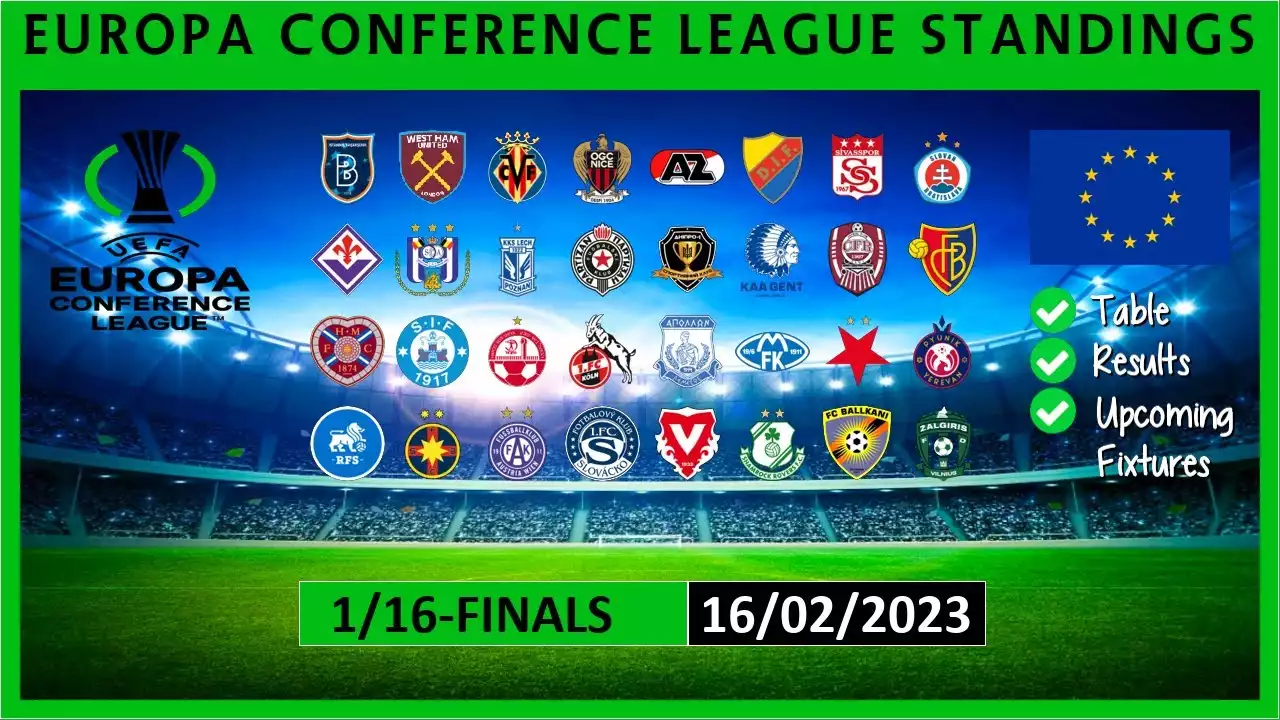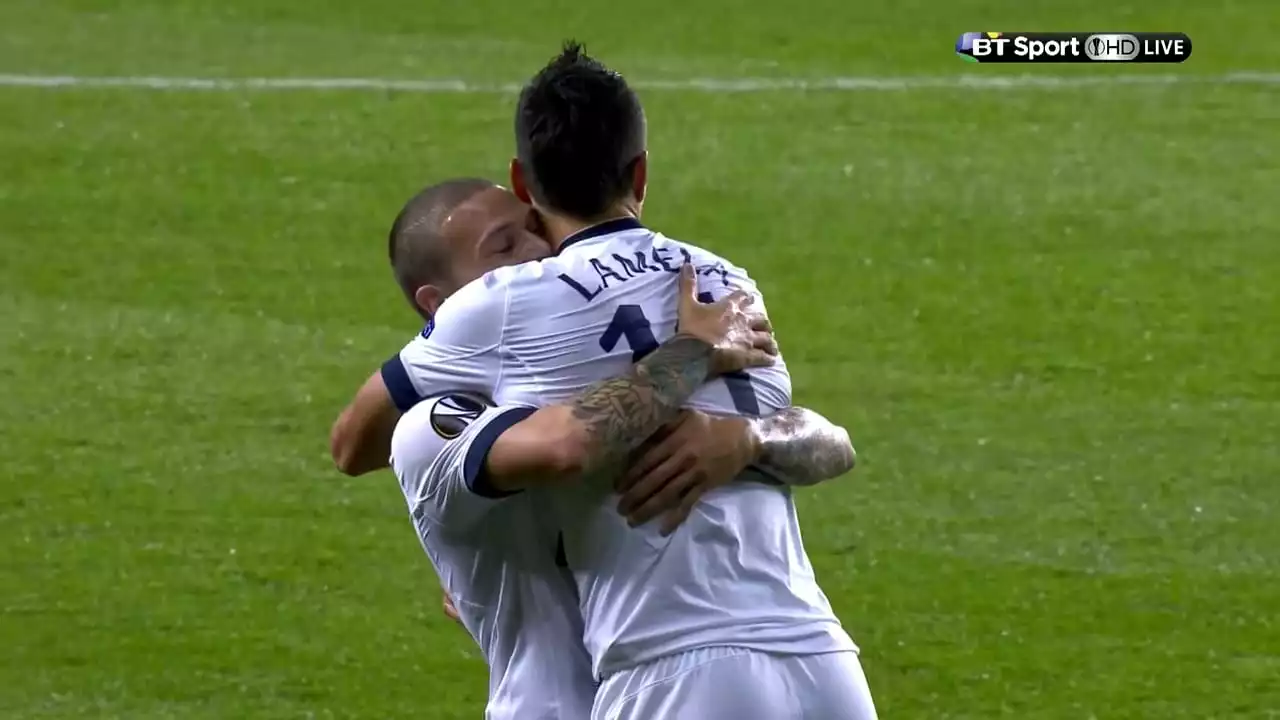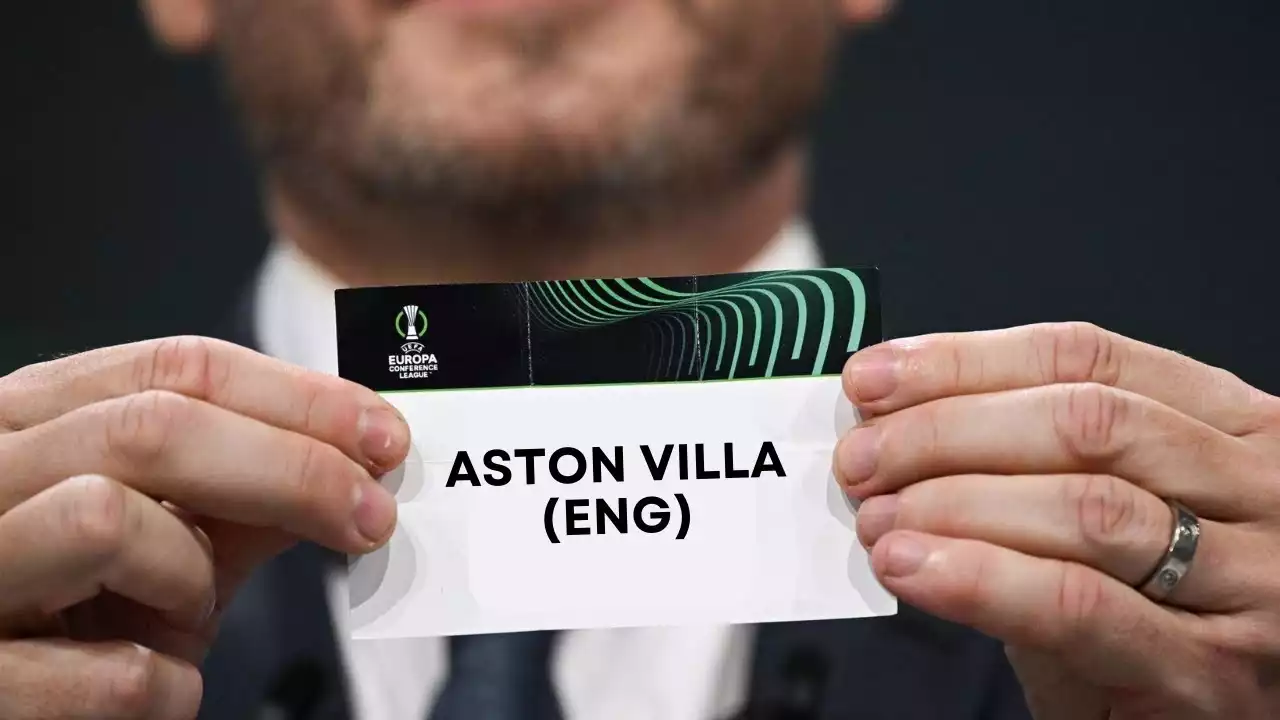Understanding group standings in the Europa Conference League
To fully comprehend the complexities of the group standings in the Europa Conference League, it's essential to understand the criteria used to determine qualification. In this section, we will break down the key factors that come into play when teams are tied on points. These factors include head-to-head records, goal differences, goals scored, fair play points, and more. Understanding how each tiebreaker is applied is crucial in grasping the convoluted scenarios that can arise.
The Europa Conference League follows a similar format to other UEFA competitions, with teams earning points based on their results in the group stage. A win is worth three points, a draw one point, and a loss zero points. At the end of the group stage, the points earned by each team determine their position in the standings. However, when teams are level on points, additional criteria are used to determine their final ranking.
The importance of group standings in determining qualification
Group standings play a pivotal role in determining which teams advance to the knockout rounds of the Europa Conference League. Teams strive to finish in the top two positions in their group to secure automatic qualification, while the third-place team drops down to the UEFA Europa League. The teams that finish at the bottom of their group are unfortunately eliminated from European competition.
With so much at stake, teams must navigate the intricacies of the group standings and strive to secure as many points as possible. However, as we will explore in the following scenarios, points alone may not be enough to guarantee qualification. Other factors such as head-to-head records, goal differences, and goals scored can come into play, making the group standings a critical battleground for teams.
Scenario 1: Teams tied on points, head-to-head record as tiebreaker
One of the most common scenarios in the Europa Conference League is when two teams are tied on points. In such cases, the first tiebreaker used to determine their final ranking is the head-to-head record between the teams involved. This means that the team with the superior head-to-head record will be ranked higher in the group standings.
For example, let's say Team A and Team B are tied on points, having both won two matches, drawn one, and lost one. When they faced each other, Team A won their home match 2-1, while Team B won their away match 1-0. In this scenario, Team B would be ranked higher due to their better head-to-head record, even though both teams have the same number of points.
It's worth noting that if the head-to-head record is also tied (for example, if both teams won one match each), further tiebreakers such as goal difference and goals scored may come into play.
Scenario 2: Teams tied on points, goal difference as tiebreaker
When two or more teams are tied on points and their head-to-head record is also tied, the next tiebreaker used is the goal difference. The goal difference is calculated by subtracting the number of goals conceded from the number of goals scored. This metric provides a measure of a team's overall performance in terms of scoring goals and preventing the opposition from doing the same.
In this scenario, the team with the superior goal difference will be ranked higher in the group standings. For example, if Team A and Team B are tied on points, with both teams having won two matches and lost two, the team with the better goal difference will be ranked higher. If Team A has scored 8 goals and conceded 6, resulting in a goal difference of +2, while Team B has scored 7 goals and conceded 7, resulting in a goal difference of 0, Team A would be ranked higher.
Goal difference is often regarded as a fairer tiebreaker than head-to-head records, as it takes into account a team's overall performance throughout the group stage.
Scenario 3: Three teams tied on points, head-to-head record as tiebreaker
As if the group standings weren't complicated enough with two teams tied on points, imagine the complexity that arises when three teams find themselves in the same predicament. In such cases, the head-to-head record is still used as the first tiebreaker to determine their final ranking.
Let's consider a hypothetical scenario where Team A, Team B, and Team C are all tied on points, having won two matches, drawn one, and lost one. When they faced each other, Team A defeated Team B, Team B defeated Team C, and Team C defeated Team A. In this scenario, the head-to-head record between these three teams is tied, leading to further tiebreakers such as goal difference and goals scored being considered.
The situation becomes even more complex when the head-to-head record between the three teams involved is also tied. In such cases, goal difference and goals scored become crucial in determining the final rankings.
Scenario 4: Four teams tied on points, goal difference and goals scored as tiebreakers
As the number of teams tied on points increases, so does the complexity of the group standings. In this scenario, let's consider the most extreme case: four teams tied on points. When four teams are level on points, the first tiebreaker used is the goal difference, followed by goals scored.
For example, if Team A, Team B, Team C, and Team D are all tied on points, with each team having won one match, drawn one, and lost two, the team with the best goal difference would be ranked higher. If Team A has a goal difference of +1, Team B has a goal difference of 0, Team C has a goal difference of -1, and Team D has a goal difference of -2, Team A would be ranked highest due to their superior goal difference.
If the goal difference is also tied, the number of goals scored by each team becomes the next tiebreaker considered. This adds another layer of complexity to the group standings, as teams must carefully strategize to score goals while maintaining defensive solidity.
Scenario 5: Teams tied on points, fair play points as tiebreaker
In some rare cases, when two or more teams are tied on points, head-to-head records, goal differences, and goals scored, a further tiebreaker known as fair play points may come into play. Fair play points are awarded based on the disciplinary behavior of each team throughout the group stage.
Teams are assessed based on the number of yellow and red cards they receive, with fewer cards resulting in a higher fair play point total. If teams are still tied after all other tiebreakers have been considered, the team with the higher fair play points will be ranked higher in the group standings.
While this scenario is less common, it adds an interesting dimension to the qualification process, as teams must not only focus on their performance on the pitch but also maintain discipline to avoid unnecessary bookings.
Strategies for teams to navigate complicated group standing scenarios
With the complexity of the group standings in the Europa Conference League, teams must employ effective strategies to navigate these convoluted scenarios and secure qualification to the knockout rounds. Here are a few strategies that teams can consider:
1. Maximize points: As a fundamental principle, teams should aim to secure as many points as possible throughout the group stage. This provides a solid foundation and increases the chances of finishing in a favorable position in the group standings.
2. Focus on head-to-head matches: In scenarios where teams are tied on points, head-to-head records can play a crucial role. Teams should prioritize performing well in matches against their direct rivals, as a superior head-to-head record can be the difference between qualification and elimination.
3. Maintain a strong defense: Given the importance of goal difference in tiebreakers, teams should pay close attention to their defensive organization. Minimizing goals conceded can significantly improve a team's goal difference, potentially resulting in a higher placement in the group standings.
4. Strive for goals: While defensive solidity is crucial, teams must also be proactive in attack. Scoring goals not only boosts a team's goal difference but can also be decisive in scenarios where multiple tiebreakers come into play.
5. Discipline on the pitch: In rare cases where fair play points are needed as a tiebreaker, teams must emphasize discipline on the pitch. Avoiding unnecessary bookings and maintaining good sportsmanship can give teams an edge in the group standings.
By employing these strategies, teams can enhance their chances of navigating complicated group standing scenarios and securing qualification to the knockout rounds of the Europa Conference League.
The group standings in the Europa Conference League can be incredibly complex, with tiebreakers such as head-to-head records, goal differences, and fair play points playing a crucial role in determining qualification. Understanding these scenarios and employing effective strategies can make all the difference for teams vying for a spot in the knockout rounds.










